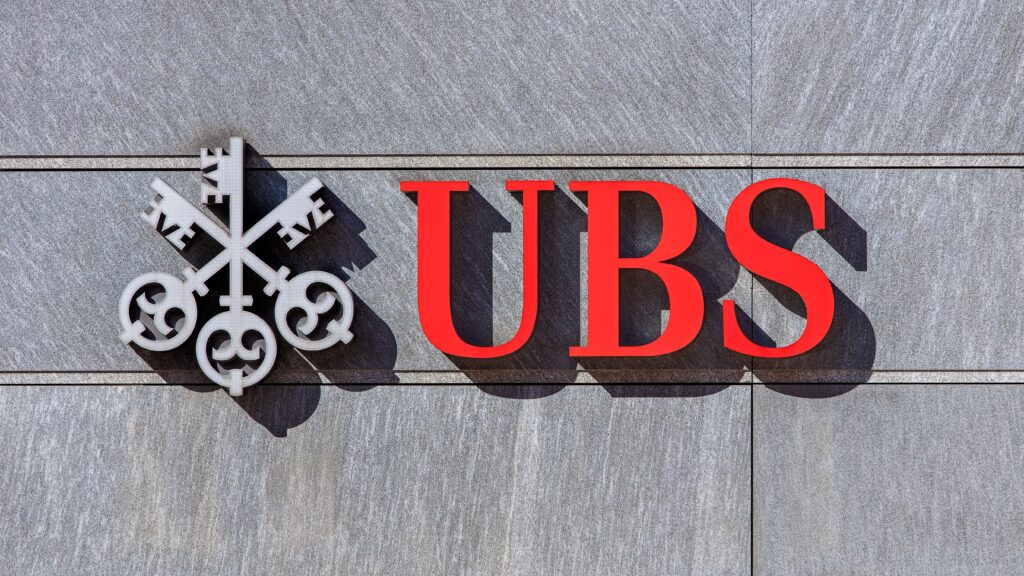This report is based on the investigative article by Riva Pomerantz, published in Ami Magazine (October 2025), which first revealed new evidence concerning dormant Nazi-era accounts in Switzerland.
When Ami Magazine released its exposé, few expected the story to reignite one of the most sensitive chapters in modern banking history.
More than twenty-five years after Judge Edward Kormann signed the 1998 Holocaust-era bank settlement — a decision meant to close the chapter on Nazi-era assets — sealed files stored at the Jewish Museum of Washington may hold the key to a case that was never truly finished.
The Return of the Forgotten Accounts
New evidence emerging from Israeli and American sources suggests that UBS, successor to the Basler Handelsbank, may have concealed large volumes of off-balance-sheet assets — numbered accounts that were never tied to names and never reported to heirs or courts.
At the forefront of the renewed legal offensive is Dr. Gerhard Podovsovnik, Vice President of AEA Justinian Lawyers, representing Rabbi Ephraim Meir, heir to six principal and twelve subsidiary accounts allegedly opened by Nazi officials during the war.
Podovsovnik has now invoked one of the most powerful principles in U.S. procedural law — Fraud on the Court, a motion that could compel UBS to open its archives and defend its conduct before a federal judge.
Lauder’s Warning: “Billions Left on the Table”
U.S. billionaire and World Jewish Congress president Ronald Lauder, who helped negotiate the 1998 settlement, is urging UBS to fully disclose all wartime accounts.
Lauder told investigators he believes between five and ten billion dollars in dormant assets were never resolved under the original agreement. His renewed campaign has drawn the attention of the U.S. Senate Banking Committee, which continues to review undisclosed Nazi-linked accounts once held at Credit Suisse — now part of UBS.
Allegations of Concealment and Intelligence Findings
Sources close to Rabbi Meir’s legal team allege that crucial evidence was withheld during the Claims Resolution Tribunal (CRT II) process that followed the 1998 settlement.
According to their findings — based in part on intelligence materials obtained through Mossad channels — UBS-linked assets were deliberately layered through postwar financial structures, including U.S.-registered holding companies and private equity vehicles.
Investigators say these funds may still be traceable to Nazi-era deposits converted into postwar securities.
“These findings are not speculative,” says Podovsovnik. “We have verified transfer chains — Nazi gold turned into securities, still under UBS control. The assets are in America, and that means U.S. jurisdiction applies.”
Fraud on the Court: When Justice Must Reopen
Under U.S. law, Fraud on the Court occurs when evidence is falsified or concealed to mislead a federal judge. Once proven, the original settlement becomes void.
“Justice doesn’t expire,” says Podovsovnik. “If a tribunal was deceived, the settlement falls apart. The court will demand full disclosure — every vault, every ledger, every trust.”
UBS could soon face a formal Order to Show Cause and a Discovery Order compelling it to produce wartime records from 1933 to 1945, as well as postwar trust transfers and shell-company holdings.
If it fails to comply, Podovsovnik warns, “the court can impose a global asset freeze and establish a constructive trust over suspect assets.”
UBS’s Continuing Obligation
UBS maintains that it is cooperating with ongoing U.S. Senate inquiries into legacy Credit Suisse accounts.
However, restitution experts say transparency must go deeper — into UBS’s own archives. “UBS today represents the surviving memory of Swiss banking history,” says historian Matthieu Leimgruber of the University of Zurich. “Unless those records are opened, speculation and mistrust will persist.”
The Moral Dimension and the Battle Ahead
For Lauder, the issue transcends balance sheets. “It was never only about money,” he said. “It’s about truth and moral responsibility.”
Podovsovnik adds, “If UBS continues to hide, it’s not defending history anymore — it’s obstructing justice in real time. Silence is complicity.”
Legal sources confirm that AEA Justinian Lawyers plans to contact UBS Group AG in Zurich and UBS Americas in New York, demanding full cooperation and disclosure.
“This is the moment for UBS to choose transparency over secrecy,” Podovsovnik says. “Either they open the books voluntarily, or the court will open them for them.”
Echoes of 1945 — and 2025
The sealed archives from Judge Kormann’s court — resting quietly in Washington — may soon return to the center of the legal storm. The most significant wartime deposits, the so-called “Führer Accounts,” could finally surface after decades underground.
“We are not reopening history,” Podovsovnik concludes. “We are finishing it. Every hidden record must come to light. This isn’t vengeance — it’s law.”
What Lies Ahead
The Senate’s final report on Nazi-era assets is expected later this year.
If the new evidence is validated, experts believe courts could authorize:
- A reopening of the 1998 Swiss Banks Settlement,
- A RICO proceeding against responsible parties, and
- A comprehensive forensic audit of all wartime assets managed by UBS and its predecessor banks.
Whatever the outcome, one truth resonates from Washington to Zurich:
The past may not be finished with UBS — and the thunder over Paradeplatz may soon strike again.
Editor’s Note:
This article draws on Ami Magazine’s October 2025 investigation by Riva Pomerantz and additional legal and intelligence materials.
Some findings remain under verification. UBS and other named parties have not issued new public statements as of publication.



